Jerker Lessing is one of the innovators behind BoKlok’s sustainable housing solution for the Scandinavian market. He explains why customers want sustainability, how standardisation could help resolve the housing crisis, and why the company has just moved to install solar PV panels on all their future development projects.
Words
Photos
Marcus JärvinenCustom-fitted kitchens, coordinated dinner sets, ingenious storage spaces – IKEA sells the sort of interior decor and furnishings that offer the promise of a more organised and seamless life. The same ethos applies to the concept housing the company has developed for the mass market in collaboration with Swedish contractor Skanska.
BoKlok – Swedish for ‘smart living’ – was founded two decades ago as an equanimous joint venture between the two companies. With a portfolio of some 10,000 homes across Scandinavia, it seems the founders correctly identified an under-served customer segment in need of high-quality, affordable housing. BoKlok revolutionised residential development by putting customer needs ahead of technical solutions. Radically, it was not architects to whom they initially turned, but a product development team. This task force investigated the market, identified the target customer, and designed the product. The results of their inquiry led the company to put sustainability at the centre of the design concept for their smart homes.
We spoke to Jerker Lessing, one of the innovators in charge of BoKlok’s future, about the impact of PV panels and what the company is doing to redress the global housing crisis.
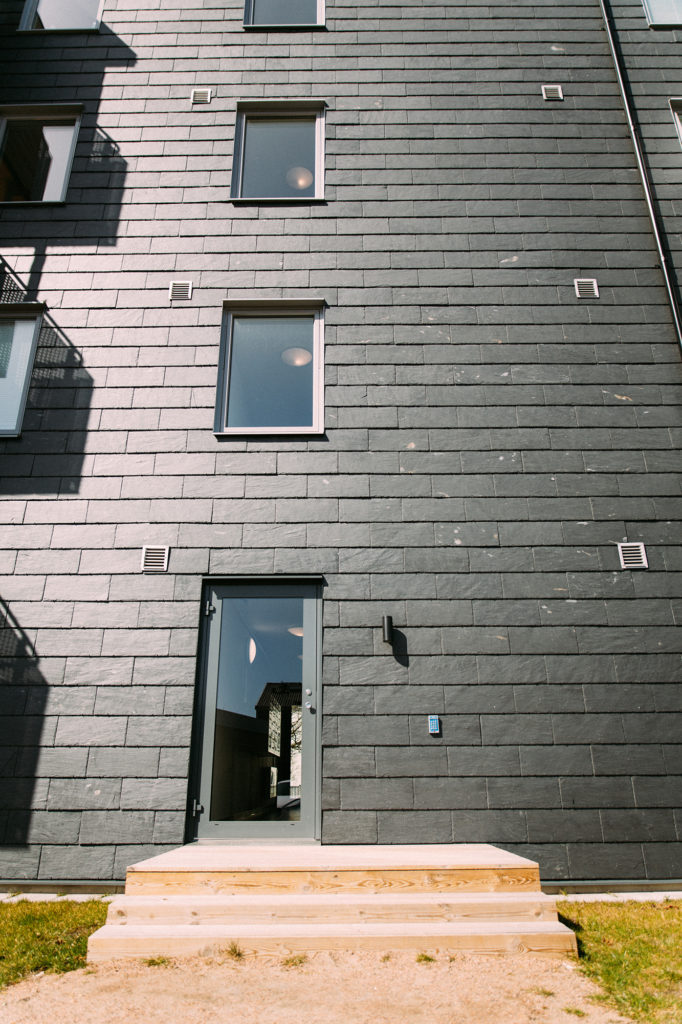
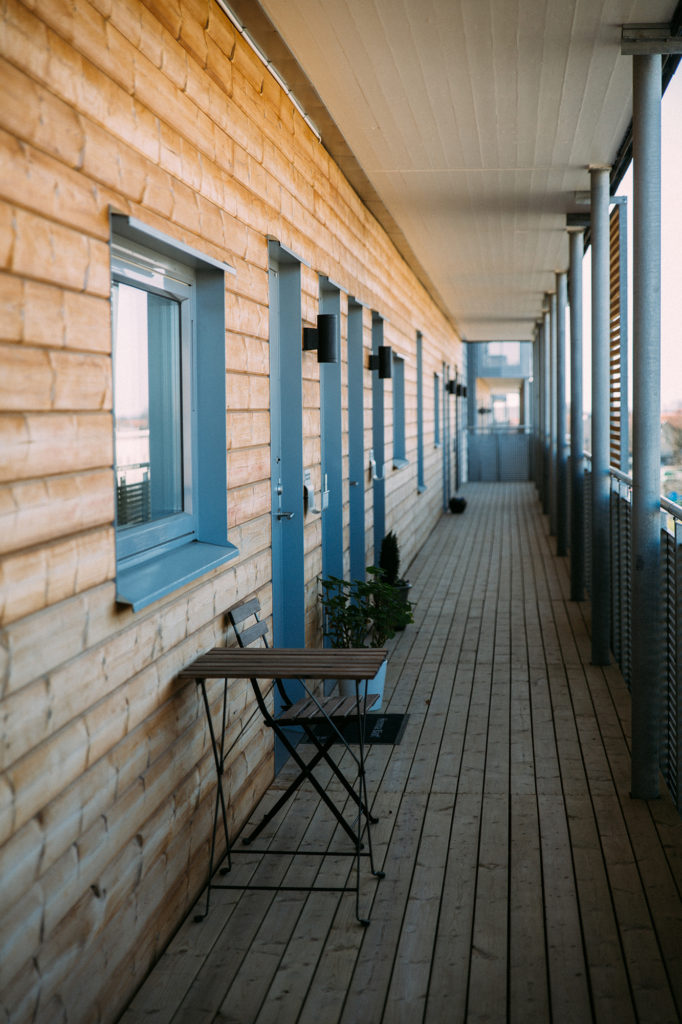
Why and how did BoKlok’s innovative housing solution evolve?
It all started more than 20 years ago. The founder of IKEA met the CEO of Skanska and they jointly decided they wanted to do something about the housing situation in Sweden. They noticed that there were many examples of exclusive homes on the market, but realised that this kind of housing was not suitable for many people. They decided that they needed to do something that would cater to the needs of the many rather than the few. In other words, to create affordable, high-quality housing. That was the starting point for BoKlok.
What was the first step in realising this objective?
IKEA and Skanska joined forces to assemble a task force to research the market needs. Interestingly, it was a team of three women who were tasked with the product development process, which is unusual for the industry. They asked the question: ‘What can we do at a high-quality level, based on this cost and the needs of this customer segment?’ To find the answer, they investigated the market, the customer, cost and price, and so on. Their research was thorough. For instance, it involved holding focus groups to better understand what customers wanted. They accumulated a lot of knowledge based on which the first product was designed and launched. In particular, the solution was based on the extremely sharp price limit identified in the research.
How does BoKlok’s approach differ from others in the construction sector?
It is important to stress that the concept evolution happened in this order: customer, product, production, and not the other way around. In construction, we often see things flow in the opposite direction. The process typically starts with technology and production methods; automated machinery, and stuff like that. These are super interesting and super important, but sometimes companies forget who they are building for, what they are building, and so on, and it becomes difficult to get the solution to work commercially.
So our recipe was to work the other way around. Starting with the specific needs of the customer segment, we could tailor our production system to do only that. This gave us a high degree of repeatability: that’s our secret sauce. It started with one product, and over the years we have expanded that portfolio quite a lot. We have moved away from a singular product towards a platform strategy. This platform is based on standardised pieces, a little like LEGO. So we have extremely high levels of standardisation, with customisable options such as the mix of apartment types, exterior materials, and so on.
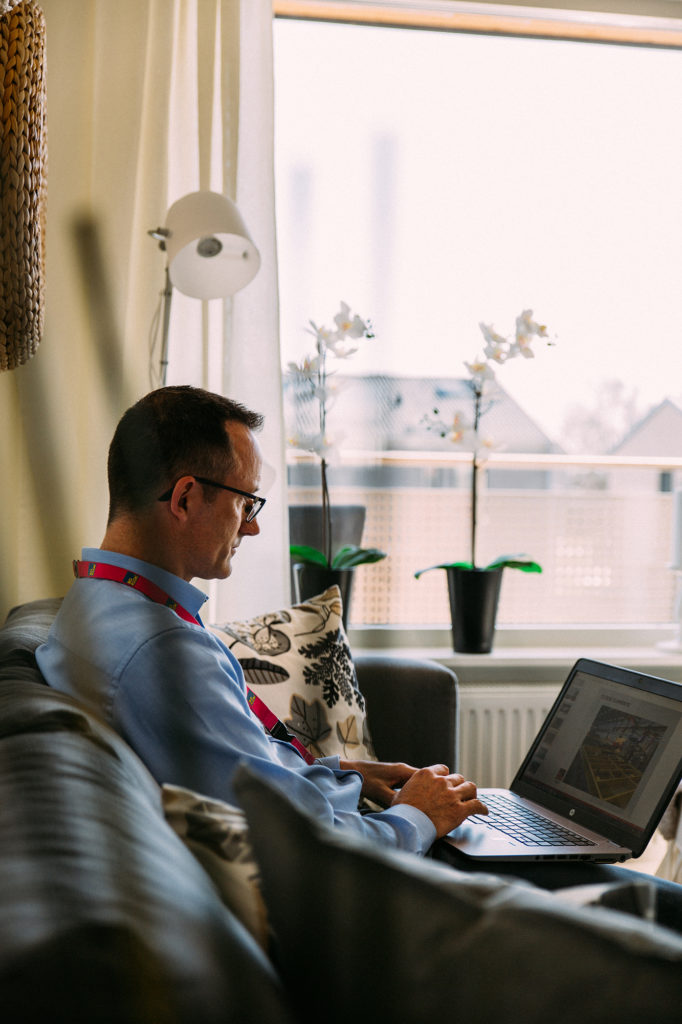
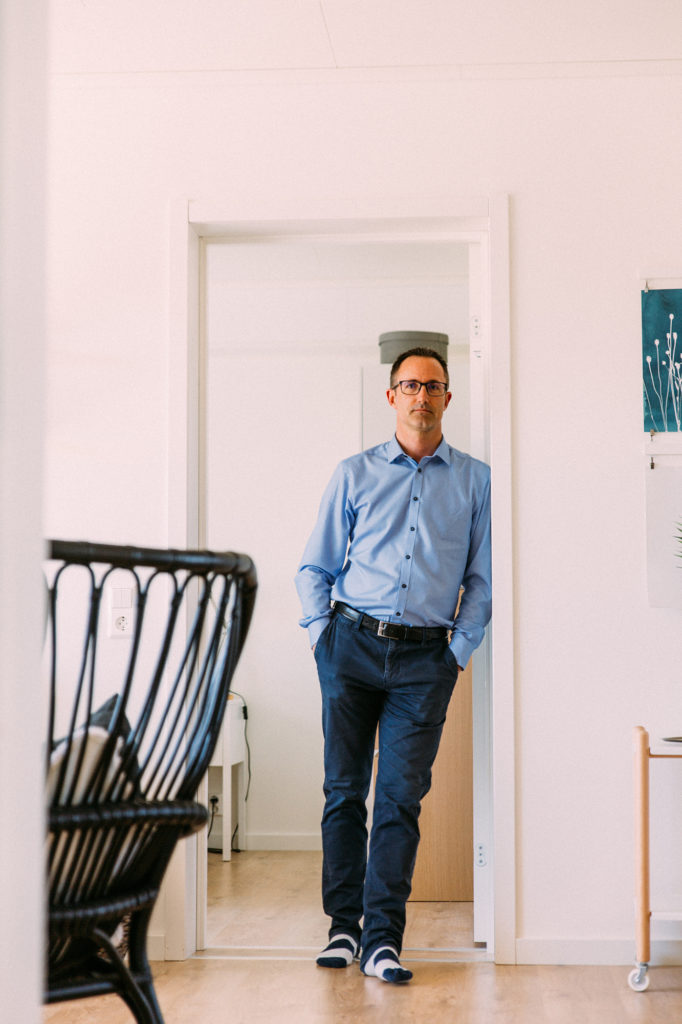
‘The need for affordable housing is extreme. It's not something that is unique to Scandinavia.’
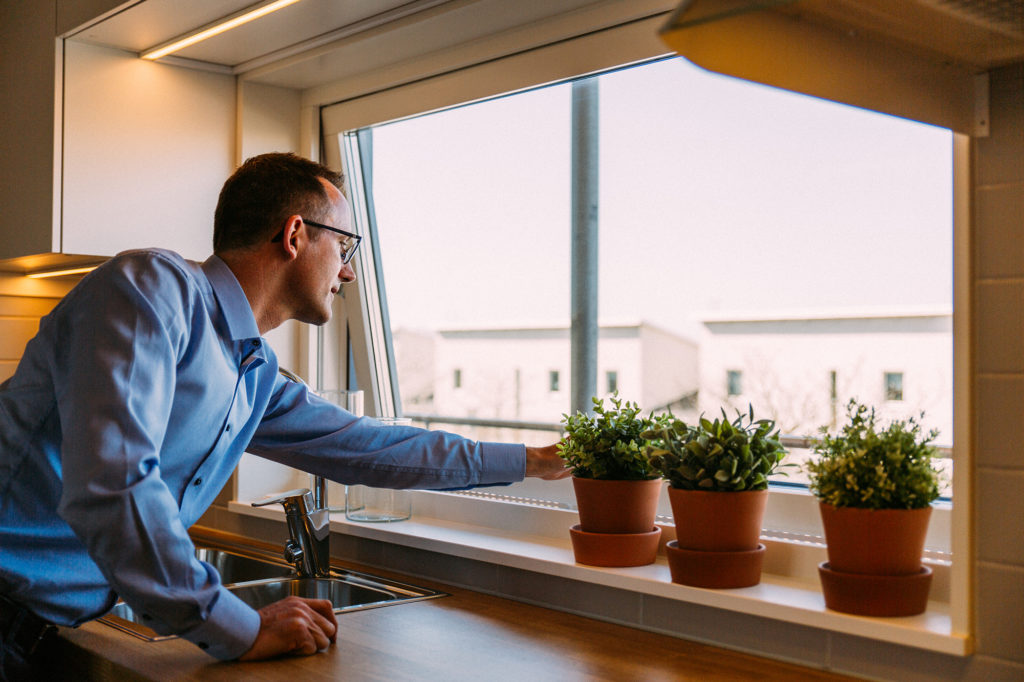
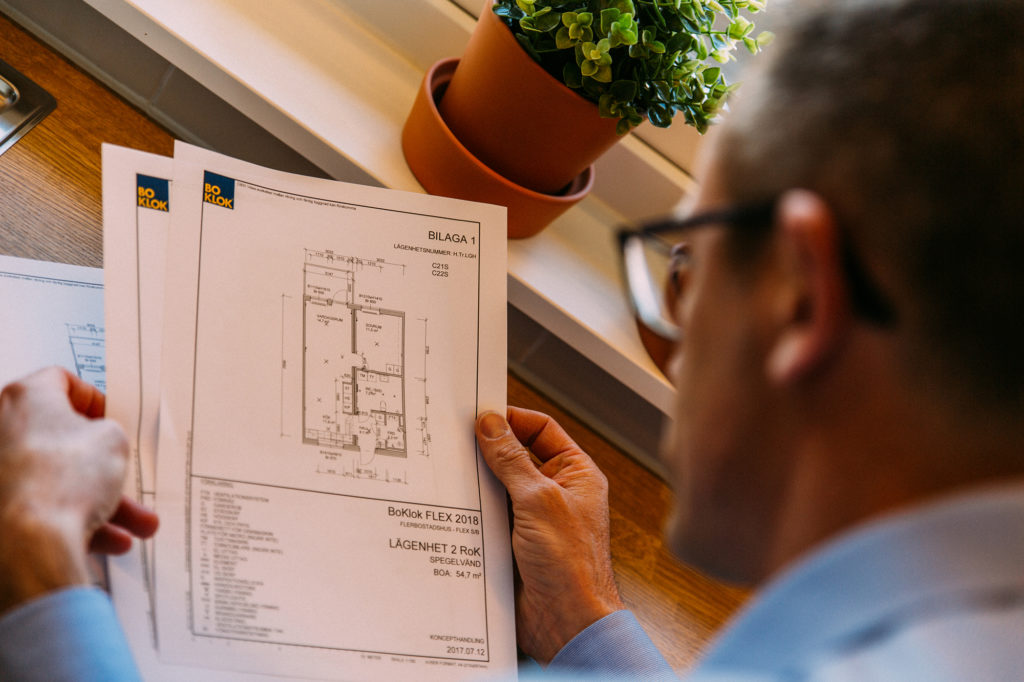
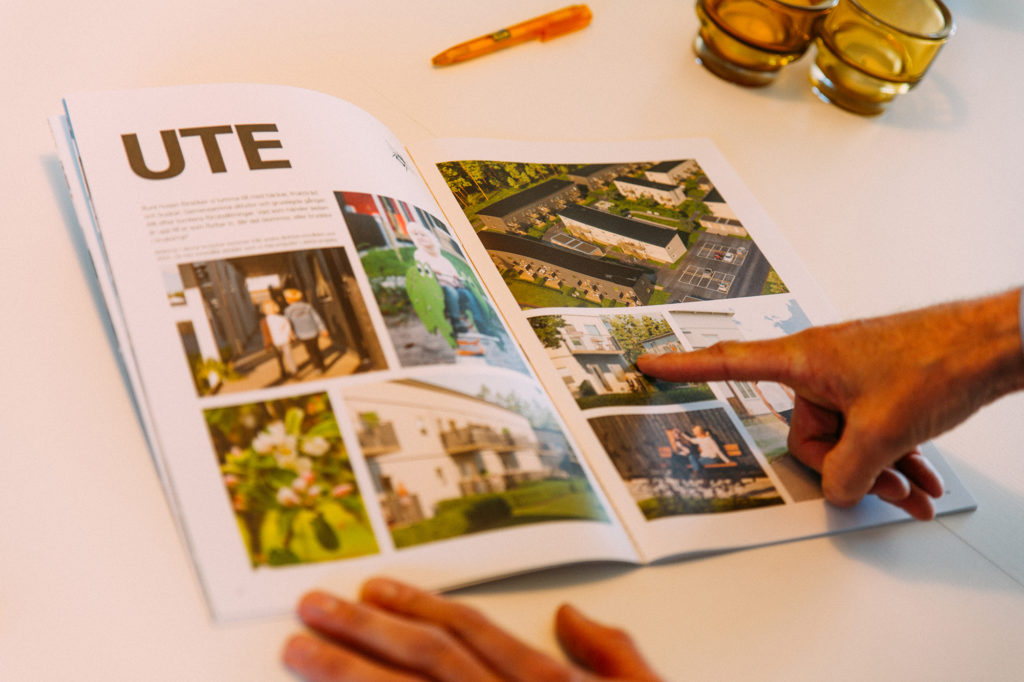
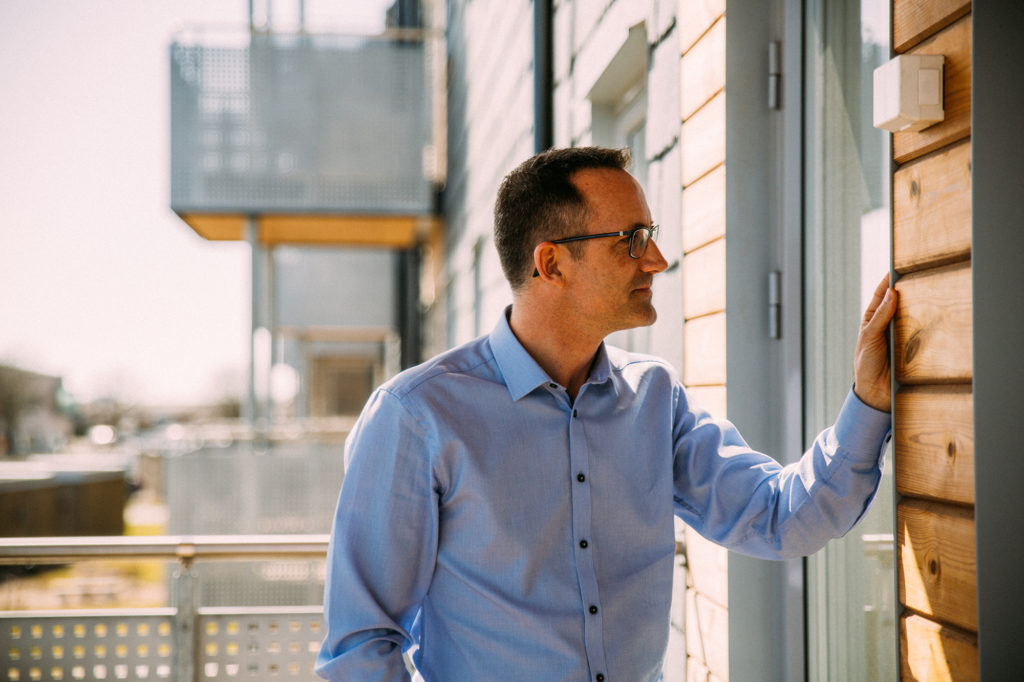
How important is sustainability to the BoKlok concept?
Sustainability is really high on the agenda for both companies. There is a very clear demand from our owners that sustainability is a priority for BoKlok and part of the concept from the beginning. From Skanska’s point of view, sustainability is a responsibility that comes with being in the construction business, because construction accounts for a high proportion of the global sustainability impact, if we consider things like carbon dioxide and greenhouse emissions. It depends on how you count, but a high proportion of global greenhouse emissions comes from construction and the built environment, so it’s the responsibility of a construction company to develop the best solutions possible.
The same goes for IKEA. The thought was: ‘If we are to continue with BoKlok, it should be very sustainable’. This aligns very well with our overall strategy, not least our clear focus on customers. It would be very strange for us to say, ‘We make affordable homes for the majority of society, but we don’t care about the environmental and sustainability aspects’. Sustainability is a natural part of building high-quality homes. We don’t deliver affordability at the cost of the environment. Plus, we know that our customers are interested in this. It’s not that they won’t buy BoKlok unless it is sustainable, but when we explain that this is how we do it and that we have a lower environmental impact, then customers are even happier with the product. It builds our brand and they are more satisfied with what we do.
Who are your typical customers?
We have two kinds of customers: families and land owners. Often we buy land from the local municipality that owns land dedicated for housing. Sustainability is a top priority for them because they take responsibility for the asset, and want to make sure that what is built in their municipality has a high degree of sustainability. So if the individual customer is less motivated by sustainability, this other kind of customer is very sustainability focused. In a way, you could say that the local municipality is also the voice of the individuals. Taken together, this has been a strong driver for us.
Inside a BoKlok apartment
Can you give an example of sustainable decisions you make in your buildings?
All of our homes are built with a wood frame instead of steel or concrete. At the beginning, this decision was more about efficiency, because wood is a smart material to use in an industrialised construction process. But over time, we realised that this was also a smart decision from a sustainability perspective. The more we have researched, the clearer this has become. Because wood is a natural material, it is renewable. When it grows, it attracts carbon dioxide, which is locked in until our building is demolished, and we can use the wood for energy. Wood is also much lighter than concrete, which means that it is easier to transport. We also need less foundations, decreasing the need for concrete even more. Wood has been very good for us: in combination with designing well-insulated buildings, it has enabled us to greatly reduce our energy consumption throughout the product life cycle. Also, since we build our homes in factories, we create significantly less waste than typical site-based construction.
How does BoKlok approach innovation?
We have grown beyond the startup phase, when we were still focused on showing that this was actually possible. Now, we are a fairly big market player. We build 25% of the multi-family residential wood-based buildings in Sweden. Last year, we built 1,300 homes in Sweden, Norway and Finland, bringing our portfolio to a total of 11,000 homes. With that success comes responsibility and ability.
We are working at a volume that allows us to innovate. We also need to innovate to stay ahead of our competitors and continue to offer something that attracts customers. That’s why I’m here. We set our strategies for the company in terms of numbers of units and quality. We mirror that strategy through challenging targets. This gives us our innovation strategy. The tricky thing is that innovation entails long lead times, so to innovate effectively, we need to be looking to the future and working beyond the company strategy, with a five- to fifteen-year horizon. We try to predict what we (BoKlok and the surrounding market, that is), need to focus on.
‘Sustainability is a responsibility that comes with being in the construction business.’
Which areas are BoKlok especially focused on developing?
There are a couple of areas that are important for us. Sustainability is one, of course, and efficiency in production is another. We have stopped comparing ourselves with traditional construction and we try to learn from other manufacturing industries in terms of factory layouts, production technologies, roboticisation, automation, stuff like that. We also see that when it comes to product utilisation, the potential is huge. We are developing in the direction of smart homes, for example.
Digitalisation is very important, of course. We focus on smoothing the information flow throughout the company to support efficient processes in production and manufacturing. All of this also keeps costs low. It is easy to add things to an offer but that can add to the cost, which we want to avoid with BoKlok. So we have identified strategic areas where we focus our efforts. We are constantly looking for new opportunities to be more efficient and operate on the edge.
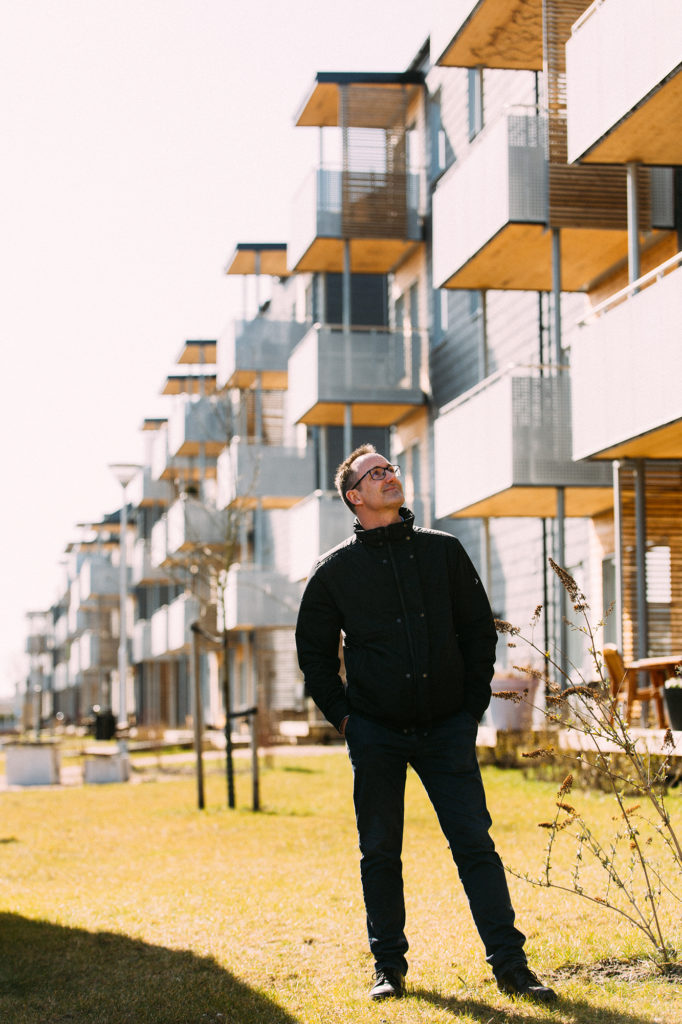
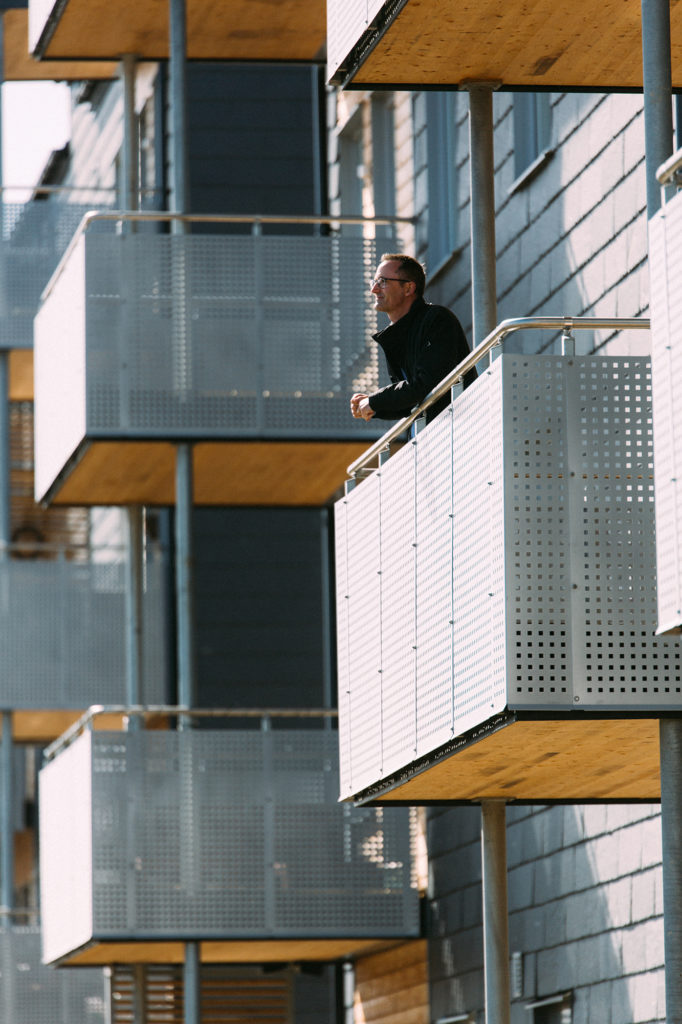
BoKlok recently announced that it would be installing solar panels on all their homes. Why and how did this come about?
The ‘why’ is pretty obvious – it’s a very good way to offer clean energy to our customers, and to a wider segment of the market. Clean energy is not just for exclusive projects or customers. Coming back to our responsibility, we want to be the obvious sustainable choice for our customers, so we make efforts to be that. We felt it was the right time to make this decision because the technology is mature enough and the cost levels are acceptable. We are implementing it on a broad base. From October this year, all our projects will be configured with solar.
The solution will make a difference because it will be implemented on a large scale. Rather than viewing what we do as individual projects, it’s more of a continuous process, like other manufacturing companies. We don’t want to have one solution for one project and another elsewhere, because repeatability creates efficiency. We want to support the movement into clean energy by making it accessible for our customers, and to also make our offer more attractive. We know a lot of our customers who have bought solar PVs are very proud of them. They want to be part of the solution, and we want to increase our brand value with that, making our customers even more satisfied.
In the context of the present global housing crisis, what innovations are BoKlok pursuing?
The need for affordable housing is extreme. It’s not something that is unique to Scandinavia. It’s something that we see in every part of the world, from the poorest to the most developed countries, so it’s a global challenge. BoKlok is looking at how we can scale this concept and continue to make a difference. We want to explore how we can continue to be affordable and sustainable; we want to increase our market share. What we have realised is that we need to learn from other highly effective industries like the aerospace, automotive and shipping industries. We see that we have more similarities with them than differences. The big challenge here is to keep a balance between investment in production innovation and outputs. That’s a tough challenge in industries like ours with relatively low numbers of produced units. We still want to have a highly effective production system. We keep a close eye on this balance.
'We don't see what we do as individual projects. It's more of a continuous process.'
What lessons have the company learned that might contribute to the industry’s collective sum of knowledge?
Me talking to you is one step in that direction. We want to contribute to the industry’s development and advancement, for example by telling our story and showing that it is possible to do things differently. One of our absolute success factors is that we are specialised. We have decided that this is what we do and that we do it for this particular customer segment; we have designed our production and sales systems accordingly, and so on. So, the specialisation has given us many advantages, not least making it possible for us to deliver. That has been very important. Just a couple of weeks ago, we got a clear sign that we have succeeded in this area: we were awarded the title of ‘housing company in Sweden with the most satisfied customers’. In a survey of 54 housing developers, we were number one. With a very standardised, low-cost, low-price strategy, we had the most satisfied customers. Which proves that it is possible to combine affordability, sustainability, and customer satisfaction. That’s pretty cool.

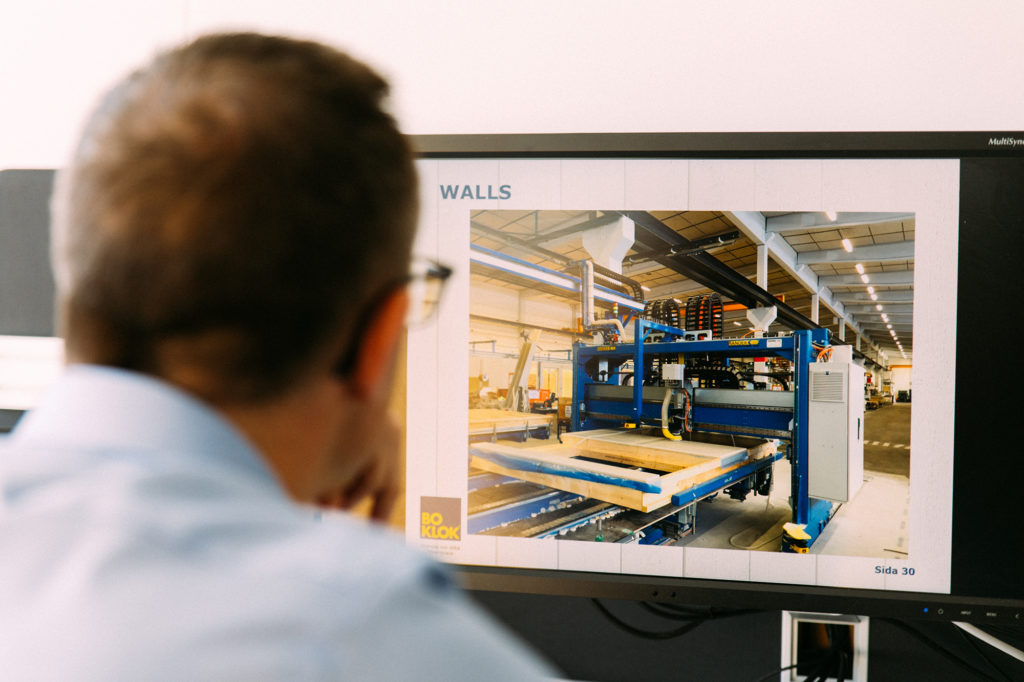
Have there been any other significant discoveries or surprises along the way?
Daring to learn from other industries has been key, allowing us to manage to establish, at a holistic level, more efficient and reliable processes and products. The recipe there has been to shift the mentality away from projects, which is typically the focus in construction. Projects can be unique in all senses. The design team is uniquely put together for the project, the production system is unique, the supply chain is unique, the technical solution is unique. That’s a bad combination for high-quality products and highly efficient processes. So we have moved away from unique products towards a continuous process. We work with platforms, industrialised production methods, and so on. That has been extremely important. And again, we maintain a clear focus on our customers, coming back to specialisation.
If you had a crystal ball, what would you predict for the future for construction?
We have only just started to scratch the surface of digitalisation, which will give us so many new opportunities to develop further, in all areas. For instance, design process, information flow, sales, production, smart technology in the home, smart electricity grids, and so on and so on! Another prediction is that companies that don’t embrace the sustainability challenge, together with the opportunities of industrialisation and digitalisation, will be in trouble. So it’s best to take up these challenges and opportunities sooner rather than later.
For further information on the project visit www.boklok.com
